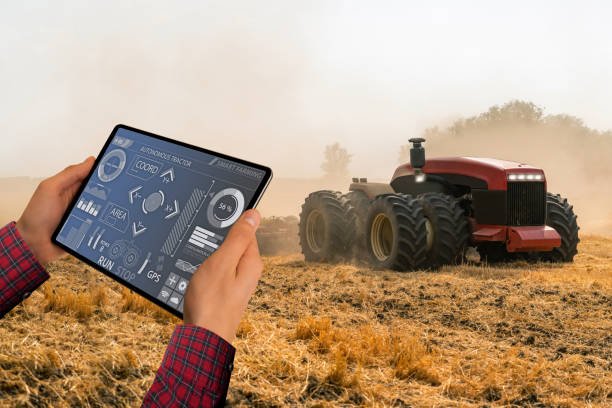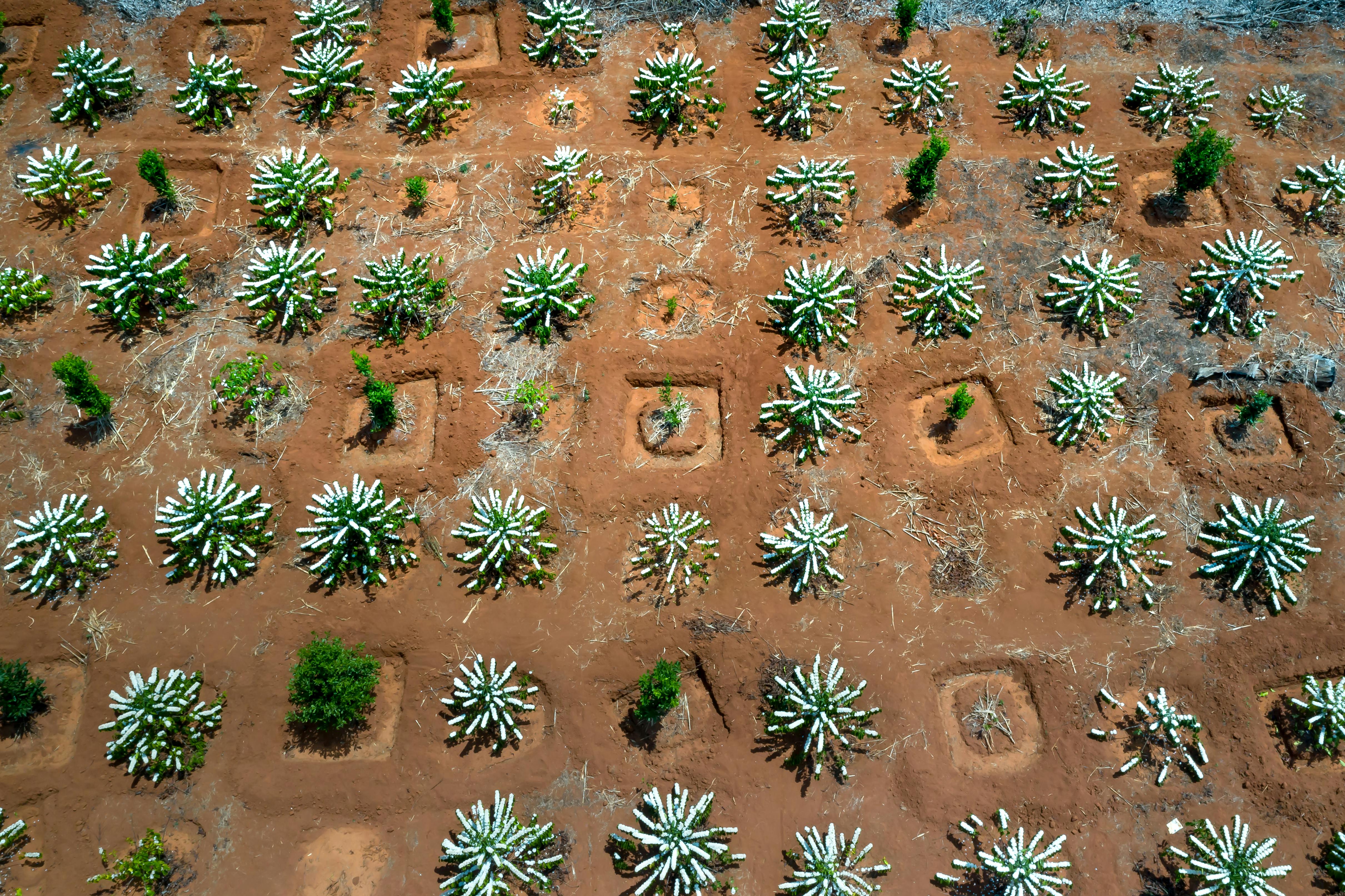Smart Agriculture Insurance 2025: AI, IoT, and Climate Resilience for Farmers

Farming has always been a profession of patience, resilience, and risk. Droughts, floods, and shifting market prices have long dictated the fate of millions of farmers worldwide. But in 2025, a new force is reshaping agricultural protection — AI-powered insurance that predicts climate damage before it strikes.
Through a blend of artificial intelligence, Internet of Things (IoT) devices, and satellite analytics, insurers are redefining how risk is measured in agriculture. Rather than compensating farmers after a loss, these systems prevent the loss altogether — the ultimate goal of predictive insurance.

The Rise of Predictive Agriculture Insurance
Traditional crop insurance is built on damage assessment — a slow, manual, and often contested process. Farmers report losses, inspectors visit fields, and claims take months to process. But with AI-powered predictive modeling, insurers now analyze decades of satellite data, weather patterns, and soil analytics to identify risk before it occurs.
This proactive approach mirrors the principles introduced in AI Transformation of Global Insurance Policies — where the focus shifts from “repairing loss” to “preventing risk.” Farmers now receive early alerts, dynamic pricing, and smart recommendations directly through mobile dashboards.

IoT Integration: When Every Field Talks to the Cloud
Across rural landscapes, thousands of sensors now record temperature, soil moisture, and crop growth in real time. These devices transmit data directly to AI-powered insurance platforms that evaluate agricultural risk continuously. Each field, each leaf, each drop of water becomes a live data point in an evolving map of climate behavior.
The result is unprecedented visibility. Farmers and insurers can now predict yield fluctuations and anticipate loss before a storm or drought occurs. Machine learning algorithms adjust coverage dynamically — reducing premium costs for sustainable practices and early preventive actions.

Farmers are no longer passive policyholders. They are active participants in a data partnership that protects both their harvest and their livelihood. The agricultural insurance industry has effectively turned fields into intelligent ecosystems.
Climate Resilience Through Predictive Modelling
As extreme weather becomes the “new normal,” predictive insurance is becoming a lifeline for rural economies. Advanced AI models analyze multi-decade climate simulations to help insurers forecast regional drought cycles, pest outbreaks, and rainfall variability with remarkable precision.
In Kenya, India, and Brazil, insurance startups now collaborate with national meteorological agencies and satellite providers to deliver parametric insurance — policies that trigger instant payouts when rainfall or temperature crosses a critical threshold. These new systems redefine trust: no claims to file, no delays, just automatic, data-verified protection.

It’s the same vision explored in Claim Leverage: How Predictive Data Is Redefining Reinsurance and Premiums — using intelligence and automation to anticipate, not react. Climate resilience, in this sense, is both a technology and a philosophy.
Global Agri-Insurance Markets: From Local Fields to Data Economies
The rise of smart agriculture insurance is no longer a regional story — it’s a global shift. Emerging markets in Asia, Africa, and Latin America are leading in digital micro-insurance adoption, where farmers pay premiums through mobile wallets and receive instant notifications through AI dashboards.
Global reinsurers are taking notice. Firms like Swiss Re and Munich Re have begun integrating AI-based climate indices to forecast yield volatility across continents. These predictive insights are traded like financial assets — turning agricultural data into the foundation of a new risk economy.

The agricultural policy of tomorrow looks less like a contract and more like a living data agreement — a constant exchange between insurer, farmer, and machine. As discussed in AI Transformation of Global Insurance Policies, every stakeholder contributes data, receives insights, and shares responsibility in an intelligent ecosystem.
Data Transparency and Farmer Empowerment
One of the most profound impacts of AI in agricultural insurance is the rise of data transparency. Farmers no longer rely solely on insurance agents or middlemen. With open dashboards, they can monitor how their soil conditions, rainfall data, and regional climate shifts influence their premiums.
The empowerment of farmers through data is redefining the insurance relationship — from a one-way transaction to a two-way collaboration. Predictive systems now recommend better irrigation schedules, crop rotation plans, and even connect farmers to AI-driven microloan programs — as seen in The Future of Digital Lending.

When insurance becomes transparent, it becomes transformative. Data is no longer just protection — it’s participation.
AI Sustainability and Ethical Agri-Insurance
As technology expands across rural economies, the next challenge is not only accuracy — it’s ethics. How should data about soil health, rainfall, and farmer performance be stored, shared, and monetized? This question defines the moral foundation of AI-driven agriculture insurance.
Ethical frameworks are emerging that ensure data fairness: farmers retain ownership of their information while benefiting from predictive insights. This mirrors the discussions in Client Trust in the Age of AI Counsel, where transparency builds confidence between technology and the people it serves.
Case Study: The Future of Predictive Farming 2030
By 2030, smart agriculture insurance will function as a digital nervous system for global food production. AI will merge with satellite networks, drones, and autonomous machinery to monitor 80% of the world’s farmlands in real time. The result — zero-blind-spot insurance where every crop is protected by data, not paperwork.
According to projections by the World Bank and FAO, predictive insurance could increase global agricultural output by 25–30% through risk reduction and early intervention. AI, once a luxury for major corporations, will become the default tool for survival in agriculture.

From AI Transformation of Global Insurance Policies to Smart Agriculture Insurance 2025, one truth remains: prediction is the new protection. Explore how data intelligence is reshaping lending, law, and liability in Beyond Approval: How AI Evaluates Borrowers Beyond Credit Scores and AI Compliance for Law Firms. The future of protection is connected — one algorithm at a time.
